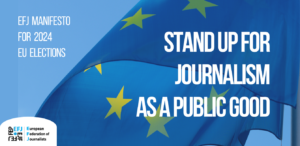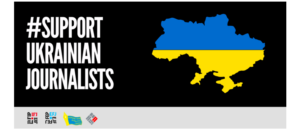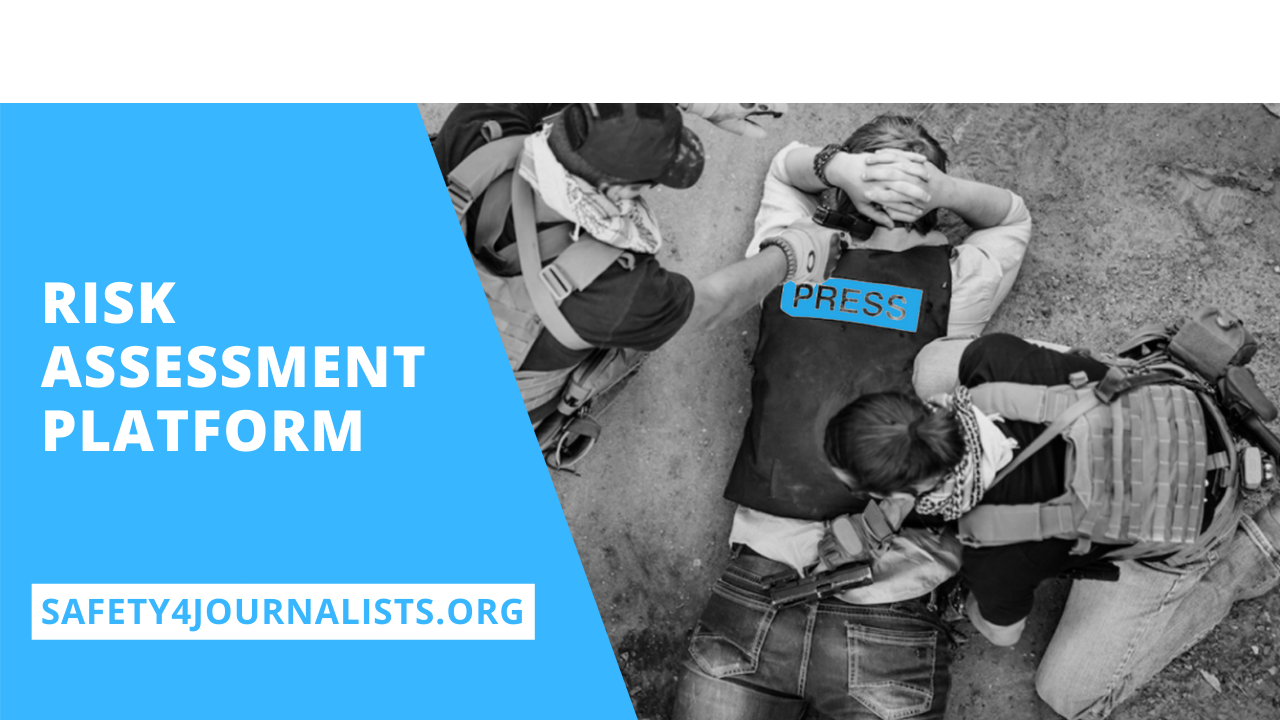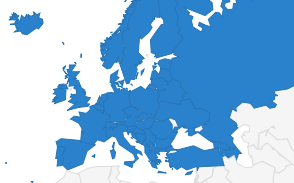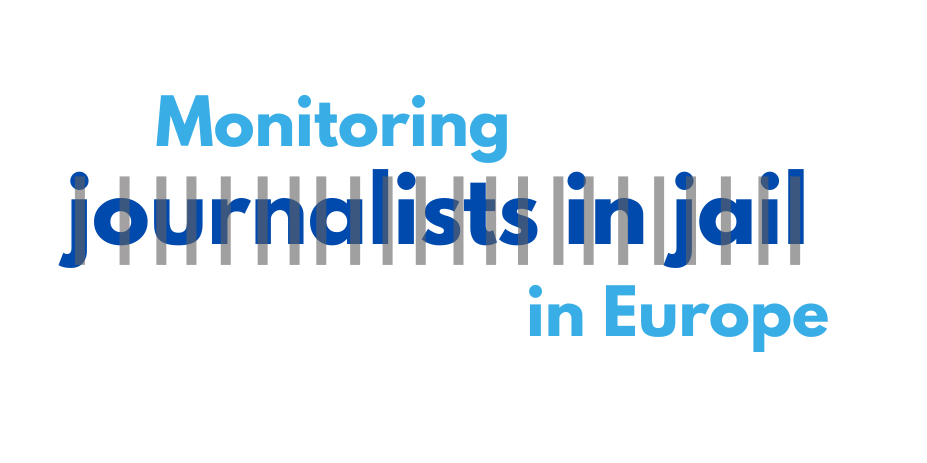Publishers and tech companies should take responsibility for fixing misinformation, says 2018 Digital News Report

Concerns on the quality and reliability of news has grown globally during the year 2017-2018, and consumers are expecting the media companies and technology companies to take action against the misinformation, while the opinions are much more mixed when it comes to government intervention in these cases. The 2018 Digital News Report, published on 14 June by the Reuters Institute for the study of journalism, reveals more interesting patterns and changes in the behaviour of news consumption globally.
- Growing concerns on misinformation
The research shows that 54% of respondents globally are concerned about what is real or fake on internet. Some national variation is natural, however, it does not break the overall pattern, and it is reflected by looking closer to individual countries as well. The greatest concern appears in the countries of polarised political situations, as Portugal (71%), Spain (69%) and Greece (66%). Although concern over completely made-up news is high, self-reported exposure globally is relatively low (26%); considerably lower than exposure to poor journalism (42%) and spin (39%). Exposure to the misinformation is not only a digital problem – the report reveals that the difference in self-reported exposure to misinformation between online and offline news consumers is very small, although the exposure digitally is slightly higher.
- Publishers and tech companies are responsible for reporting false information
Most of the consumers globally say that it is the responsibility of a publisher (75%) or the technology companies (71%) to address and fix the problems of fake and unreliable news. This is due to the fact that the news in question relates to biased or inaccurate news from the mainstream media rather than news that is completely made up or distributed by foreign powers. However, the results varies across countries when it comes to government intervention. For example, Spain ranks first (72%) for more governmental action as the Catalonia crisis and alleged use of Russian bots has escalated the issue with politicians demanding action, but the figure drops below half in Sweden (48%) and Denmark (43%).

- Partisan and alternative news websites
Empowered by the free social media distribution, partisan and alternative news websites have been actively emerging during the recent years. In most instances, these websites are driven by a political or ideological agenda, engaging the user base which passionately share the relevant views. However, these websites should be distinguished from those that ‘deliberately fabricate the news’, report claims, even if they are often accused of exaggerating or tailoring the facts to fit their cause. Ideology being the driving force, some websites are seeking for financial support through these activities.
Similar sites in Germany might be more accurately described as anti-establishment. For example, Politically Incorrect News (2% of respondents) are critical towards Islam, multiculturalism and immigration, attracting both audiences from extreme left and extreme right political spectrum, as for Compact Online (2%) is closely associated with the right is closely associated with the right-wing populist party AfD.
Taking an example from the Czech Republic, a number of websites has been labelled as disinformation websites by NGOs and the Centre against Terrorism and Hybrid Threats set up by the Ministry of Interior in 2016. The best known alternative site is Parlamentnilisty.cz which reaches 17% of the whole sample. Other websites, many of which pursue an anti-EU and pro-Russian agenda, have a more limited reach.

- News literacy measured for the first time
The differences between levels of news literacy and how it influences the consumption of news were revealed by introducing the news literacy analysis in the report. Those with higher levels of news literacy tend to prefer newspaper brands over TV, and use social media for news very differently from the wider population. They are also more cautious about interventions by governments to deal with misinformation, the report explains.
- Paid subscription slowly growing
The average number of people paying for their news has grown in a number of countries. Substantial increases are visible in the Nordic countries, but not in others. The significant growth might be due to small numbers of publishers in these countries, that are taking various paywall strategies. They have the added benefit of coming from wealthy societies that value news, have a strong subscription tradition, and where language and the small size of their market protects them from foreign competition. However, in more complexed and divided markets, the publishers seek to maintain the online news free and accessible to their readers. With more publishers experiencing with different strategies of pay-walls, the concern is rising for maintaining the quality of the free and accessible news for all.
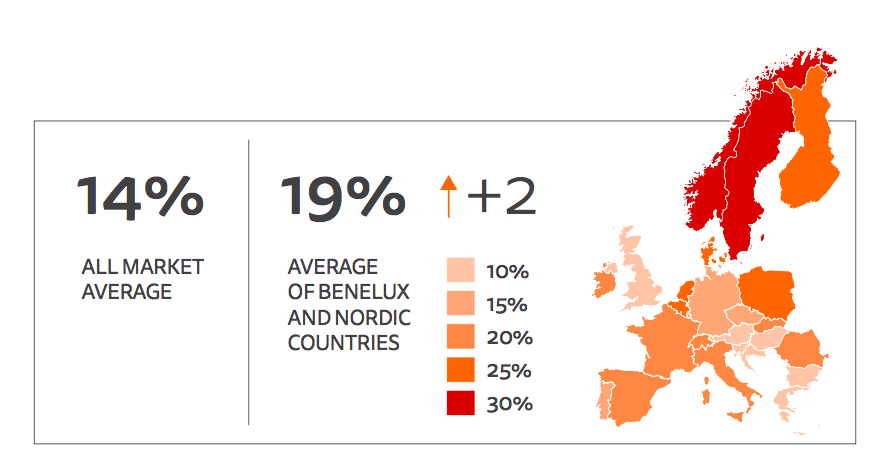
- Preference for News remains Text
Although there is a commercial pressure towards more video content, the report shows an overall split in the consumer opinions regarding the preference, with overwhelming preference to text. Overwhelming majority of European countries lean towards having fewer online videos, as compared to the consumer needs in Asian countries, where preference for video content for news is growing.

- Decrease in usage of social media
After years of continuous growth in the market, the usage of social media in many of the countries has stopped growing or even gone into reverse. News consumption via Facebook has dropped by 5 percentage points in Denmark, 4 points in Austria and Hungary . However, some countries, for example, the Czech Republic, experienced a rapid growth in the usage of social media (by 10 percentage points compared to last year), but it is more an exception from a global pattern. It is worth noting that the overall usage of Facebook for other purposes than getting news has not changed, people still tend to refer to Facebook for connecting with their circle of acquaintances. The report suggests that the updates in the Facebook algorithm, choosing to prioritise personal content over news content, has certain affects on consumption of the content on the platform overall, as well as distribution of news.
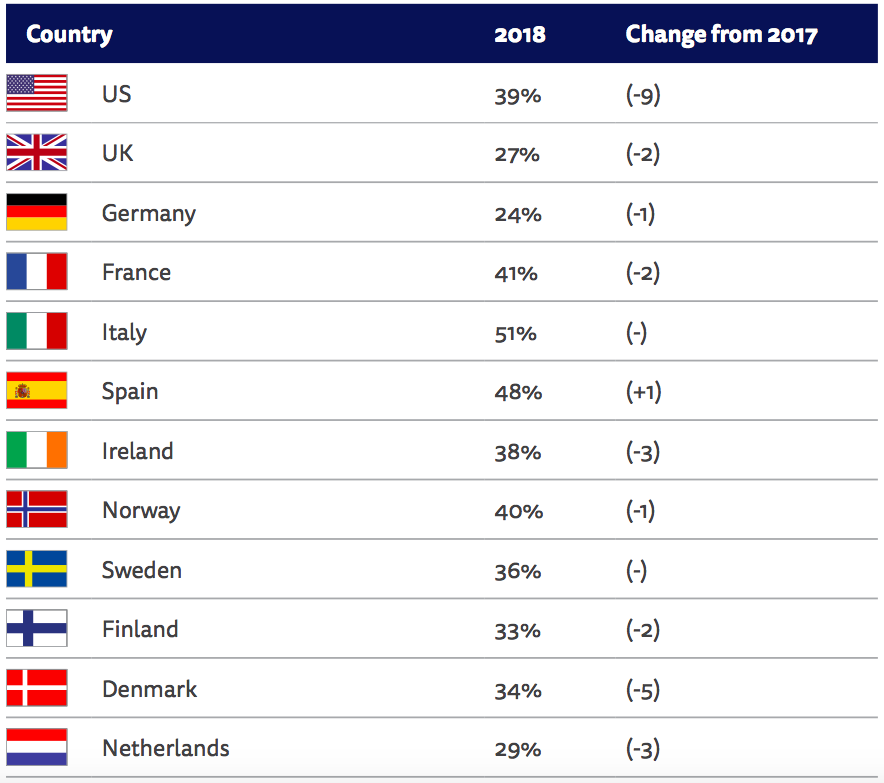
- Rise of the messaging apps for news
Messaging apps are seeing substantial increase in usage for news consumption in a number of countries. Consumers are being put off by toxic debates and unreliable news, but they are also finding that alternative networks offer more convenience, greater privacy, and less opportunity to be misunderstood, the research says. Usage of messaging apps is increasing especially as a safe space for the freedom of expression. Data points out a strong correlation between the growth in usage of the messaging apps and self-expressed concern about the safety of posting political messages, with highest levels of concern peaking in Turkey (65%).
Find the full report at Digital News Report.
Research was conducted by YouGov using an online questionnaire at the end of January/beginning of February 2018.

